“You’re going to “kill” your toe nails going down the Dead Nails trail”. These warning nagged me whenever I feel like relaxing my guard climbing this mountains.
It’s almost 11:30AM when we reached the Dwarfed Bamboo camp from the peak of Mt. Kalatungan. There’s ice tea colored water source nearby so we stopped to eat our lunch there. We began our ascent towards Mt. Wiji’s peak soon after lunch. Fog is fast creeping in and is slowly covering the peak. Apart from the piercing grass leaves we have to avoid in front of us, we barely could see our surroundings because of the thick fog engulfing the peak.
Part of Mt. Wiji’s peak has been ravaged by fire years ago. The secondary vegetation which grew after are shrubs with skin piercing thorns and blade sharp leaves. Despite wearing armbands and leggings to protect my skin, I sustained cuts which made our ascent even more painful. I was too darn busy parrying “bladed” leaves than take photos. When the weather got ugly and drizzles poured in continuously, I decided to just keep my camera inside its bag.

The secondary forest that grew after Wiji’s peak was ravaged by Fire years ago (Photo by Grace Abrigo)
There’s not much to see when we reached Wiji’s peak but fog. Visibility was just up to 3 meters. If we had the best of weathers in Mt. Kalatungan’s peak, with Wiji, is was the complete opposite. Hence, we just took few photos to document our summit there and then started our downhill trek towards the Dead Nails Trail.
Technically the trail is well established. There’s ample, clear trail signs scattered along the path. It’s kinda unusual if you get lost along this trail, according to climbers and guides who pass this trail many times. This trail is however, an never ending incline. The “rolling hills” characteristic of most mountains I’ve trekked is noticeably absent. Rolling hills type of terrain and trail allows you to rest your legs from the rigorous downhill trek.

Part of Dead Nail’s trail- a ledge like open trail with fog on both sides. One slip and you’re several meters below. (Photo by Grace Abrigo)
Dead Nails trail rival those of Mt. Matutum and Mt. Kitanglad‘s vertical incline although Mt. Kalatungan’s is probably a mile longer.Your calf and thigh muscles will sore from the sustained contractions to stabilize your steps against gravity. A stable foothold prevents your body from rolling down after a slip or misstep downhill. I couldn’t remember how long we’ve been dragging ourselves that downhill trail. We passed by mossy forest, secondary forest, open trails then more mossy forest. There’s a ledge you have to pass and at near zero visibility and the winds howling, the sound of water falling hundred feet below is one scary sound . We were still going down halfway when rain poured in and darkness limited our visibility to a few feet.
[unordered_list style=”red-x”]
- One team member injured her knee even before we summited Mt. Kalatungan’s peak, but the pain got worse when we started our downhill trek.
- We were caught by darkness halfway down that limited our visibility.
- Lastly, save for Joan, we were all neophytes in this mountain and our guides went ahead of us. We’re to find the trail ourselves.
These unfortunate circumstances are all “cookbook” ingredients for accidents waiting to happen. Getting lost in the forest, falling down the cliff are all dangers we faced, not just a summation of fears.
[/unordered_list]Time and again, our team proved our resiliency and fighting spirit. I’m not sure where we draw our strength, perhaps our collective experience. But I simply love this team because we stuck with each other countless times and still emerge happy and fulfilled of our experiences.
I was more than relieved when we finally reached that Manobo community near the foot of the mountain. It meant most of our downhill struggle is over and we’re within reach already. Earlier before, I already sent out an SOS message to our host for a rescue guides, given our circumstances. I’m always the safety officer for our team every time we climb. I always put premium on safety and it is second nature to me to prepare back up plans over back up plans just in case problem arises. The rescue team met us when we were past the manobo community and was hiking an open, but very slippery trail. It was raining hard. Thunderstorms and lightning added a scary scene. Imagine walking in a bare open field (a sugarcane plantation actually that was just recently harvested and levelled to ground) with lighting flashing like it will hit you soon because there were no other standing objects around you. I fell down and rolled five times in the mud I think.
Nonetheless, I am very happy. Our ordeal is about to end. Tired, cold wet and hungry, I’m starting to hallucinate for coffee, food and my warm bed. We hurriedly went to our vehicle parked at the barangay hall. We immediately bought cup noodles at a nearby sari sari store to tame our stomach. It was almost ten in the evening, and the rain hadn’t stopped. We changed to dry clothing, logged out of the community and headed back to Pangantucan’s town hall. We were met by our very accommodating and reliable host. He took no time in offering us a room to stay for the night in the baranggay hall. He even helped us find food. I admire Pangantucan’s Tourism and MKRNP people. They go a mile ahead in helping their visitors have a pleasant visit in their place.
So, did the Dead Nails Trail killed my toenails? Luckily not. I’m not sure what I did, my toes hurt a bit but my toenails are all alive! That obviously didn’t change anything about our experience in the Dead Nails Trail!
MT. KALATUNGAN-WIJI TRAVERSE PHOTO CLIMB SERIES
[unordered_list style=”arrow”]- Part I: HOW I PREPARED FOR MT. KALATUNGAN-WIJI TRAVERSE CLIMB: –
- Part II: HOW OUR GROUP SHUTTER-HIKED TOWARDS MT. KALATUNGAN’S TWIN PEAKS:
- Part III: HIKING DOWN MT. KALATUNGAN’S DEAD NAILS TRAILS: <
- Part IV: PHOTO CLIMBING PEARLS FOR MT. KALATUNGAN-WIJI (LUMPANAG) TRAVERSE






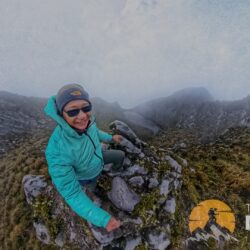
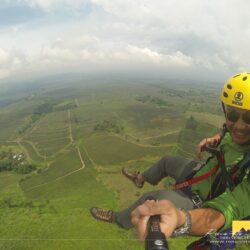
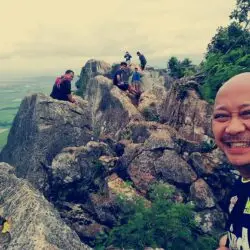
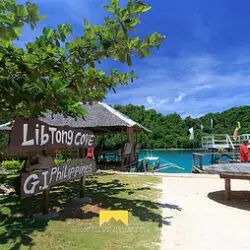
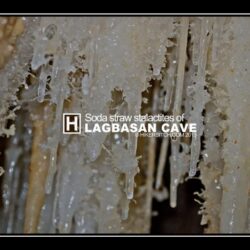





[…] Going down Mt. Kalatungan’s Dead Nails Trail […]
[…] Going down Mt. Kalatungan’s Dead Nails Trail […]
grabe jud ang experience ninyo doc ah…..:-). But thankful that you are all safe despite of adversities along the route from and in going home.
[…] […]